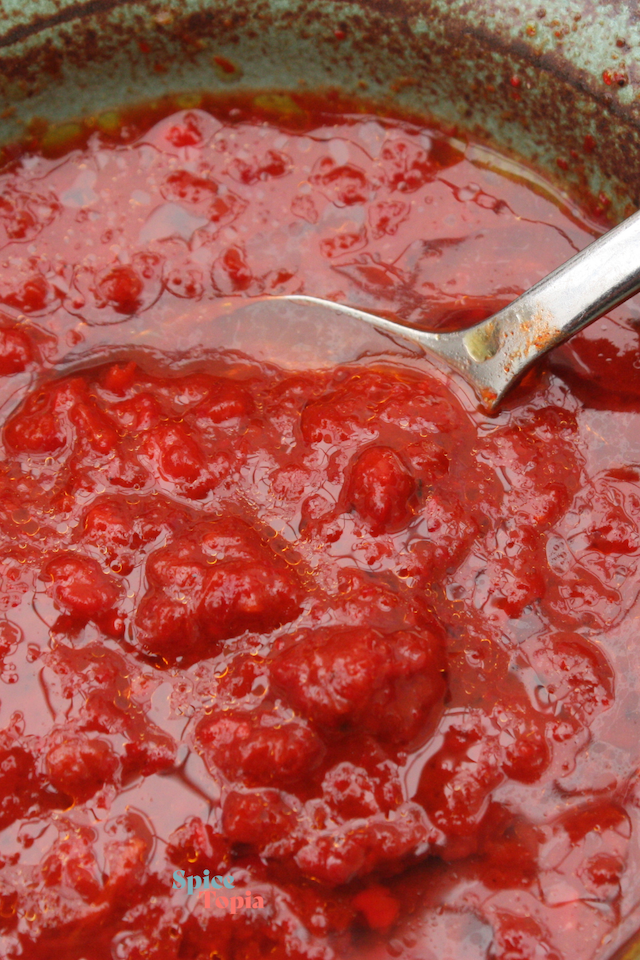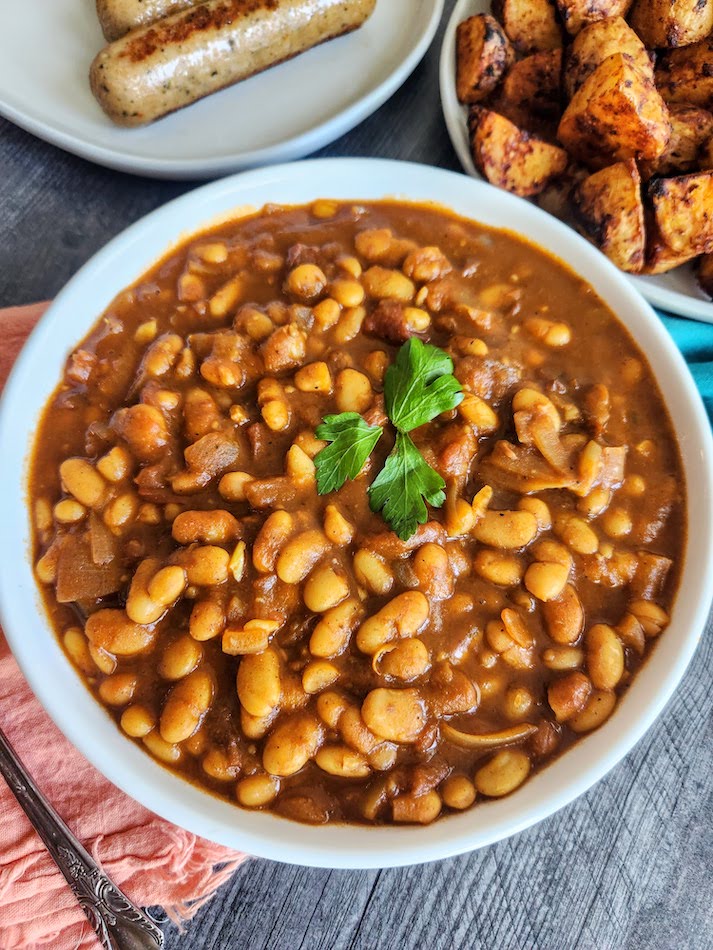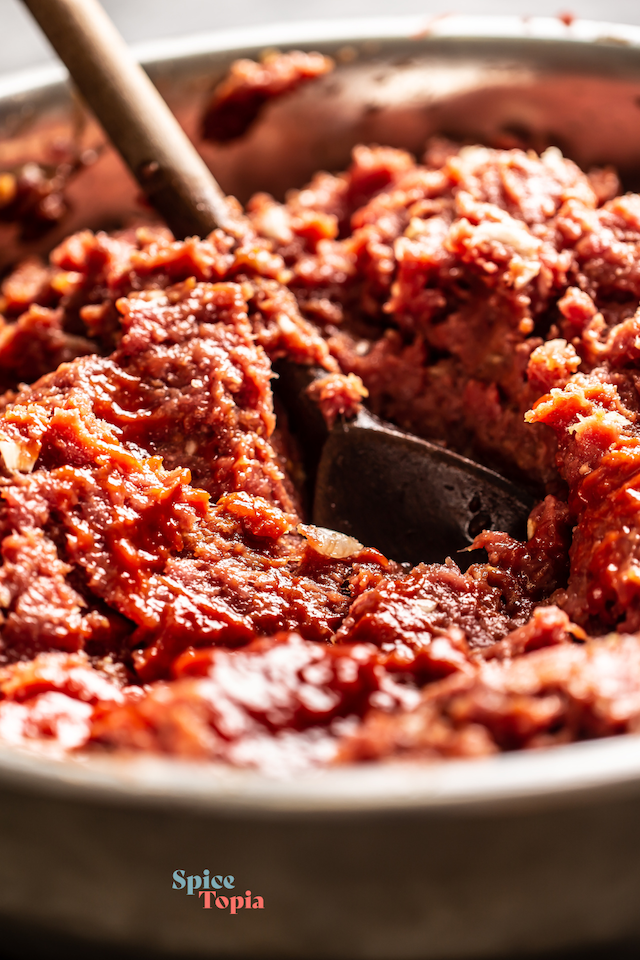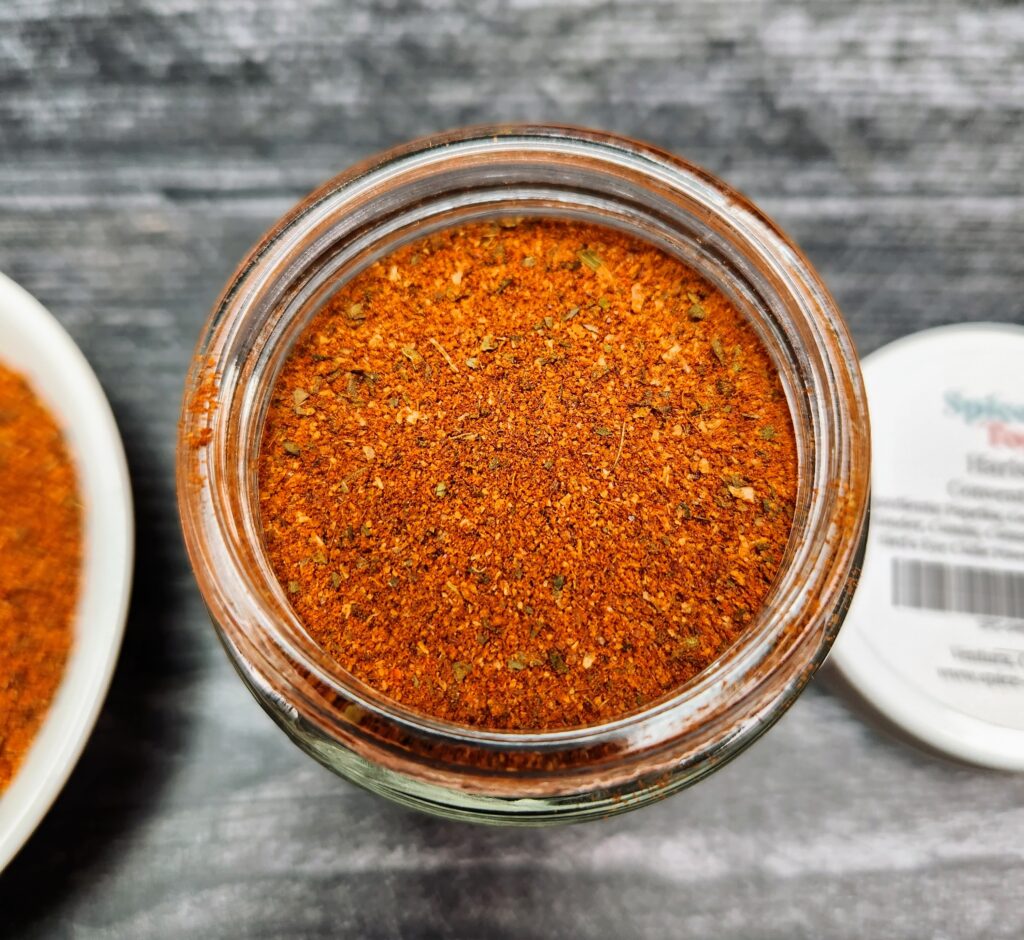A Fiery Journey from North Africa
Harissa, the vibrant red condiment synonymous with North African cuisine, is a spicy flavor bomb. But this is a flavor bomb that has a rich history beyond just adding heat. The Story of Harissa starts in the ancient world and spans into the modern day.
A Spicy Mix of Cultures

The history of harissa is intricately linked to the Spanish occupation of Tunisia between 1535 – 1574. Native to the Americas, chilies were unknown in North Africa before Spanish invaders arrived. That invasion and the arrival of chili peppers provided the foundation for harissa.
“Harasa” is an Arabic word meaning to pound or crush and was used to describe the process of crushing the chili peppers to make harissa.
Early harissa was likely quite different from what we know today. Back then, it was more of a thick stew, incorporating pounded wheat, meat, and spices alongside the chilies. Over time, the recipe evolved, focusing on the fiery peppers and aromatic spices like garlic, caraway, coriander, and cumin. Traditionally, harissa was (and still is in many households) a homemade affair. Sun-dried peppers, soaked and pounded with the other ingredients, created a thick, vibrantly colored paste.
Wet or Dry: Unveiling the Different Forms of Harissa
Today, harissa comes in two main forms: wet and dry.
Wet Harissa (Harissa Paste, Harissa Sauce, Store-bought Harissa): This is the most common form found in stores. It’s a thick paste made with roasted red peppers blended with spices and olive oil. The heat level can vary depending on the brand and the type of pepper used.
Dry Harissa (Harissa Powder, Harissa Seasoning): This is a blend of dried spices, capturing the essence of harissa without the wet ingredients. It’s a great option for those who prefer to control the heat level or consistency in their dishes. Having Harissa Spice Blend in your spice rack allows you to easily add spicy deep flavors to everyday recipes as well as easily make your own wet harissa at home.
At SpiceTopia our Harissa Spice Blend Recipe includes:
- Paprika
- Guajillo chile powder
- Coriander
- Cumin
- Cinnamon
- Garlic
- Lemon peel
- Bird’s Eye Chile powder
- Caraway Seed
We aim to create not only a spicy blend, but also a spice blend with a deep and complex flavor. Keep in mind our Harissa Powder is a salt-free spice blend, so you will need to add salt as you cook with it.
Tunisia’s National Condiment

Harissa is such a staple in Tunisian cuisine that UNESCO recognizes its production as part of the country’s intangible cultural heritage. As the world’s leading exporter of harissa paste, Tunisia is credited with adding immense flavor to stews, soups, and couscous dishes around the world!
Although Harissa originated in Tunisia, it has spread across the region! Popular in Morocco, Algeria, Israel, Morocco, and Libya, you’ll find many different versions and uses for harissa.
We suggest you make your own homemade Harissa Sauce and enjoy it as a simple dip for crusty bread!
Making Harissa at Home

Making a harissa sauce at home is a pretty easy process and produces a condiment you’ll be glad to have on hand!
Blend together (or use a mortar and pestle)
- A roasted red pepper (or two)
- 1 teaspoon Harissa Spice
- ½ teaspoon Pacific Flake Sea Salt
- 1 tablespoon olive oil
- A squeeze of lemon juice
We have also made harissa paste with ketchup or tomato paste instead of using a roasted red pepper. Any way you make it, it’s a quick and easy way to add a spicy, warm, and delicious flavor.
A Spicy Muse in the Kitchen
Harissa’s versatility is one of its greatest strengths. The smoky heat and complex flavors of harissa elevate vegetarian dishes like roasted vegetables and lentil stews. It adds a fiery kick to marinades for grilled meats and seafood. A dollop of harissa paste adds depth to salad dressings, dips, and even eggs.
So next time you reach for a condiment, consider harissa. This North African treasure offers a rich history, fiery flavor, and endless culinary possibilities.
Ready to Experience the Heat?
Harissa is more than just a chili paste; it’s a portal to the vibrant flavors of North Africa. A few of our favorite recipes to take you through that portal:
Meaty Harissa Recipe: Turkish Inspired Meatballs
Vegetarian Harissa Recipe: Confit Saffron Fennel Served With Harissa Spiced Yogurt
Vegan Harissa Recipe: Loubia (Moroccan White Bean Stew)
Vegan Harissa Recipe: Double Harissa Roasted Potatoes
Refreshing Watermelon Salad with a Kick of Harissa
How will you use Harissa in your kitchen?



